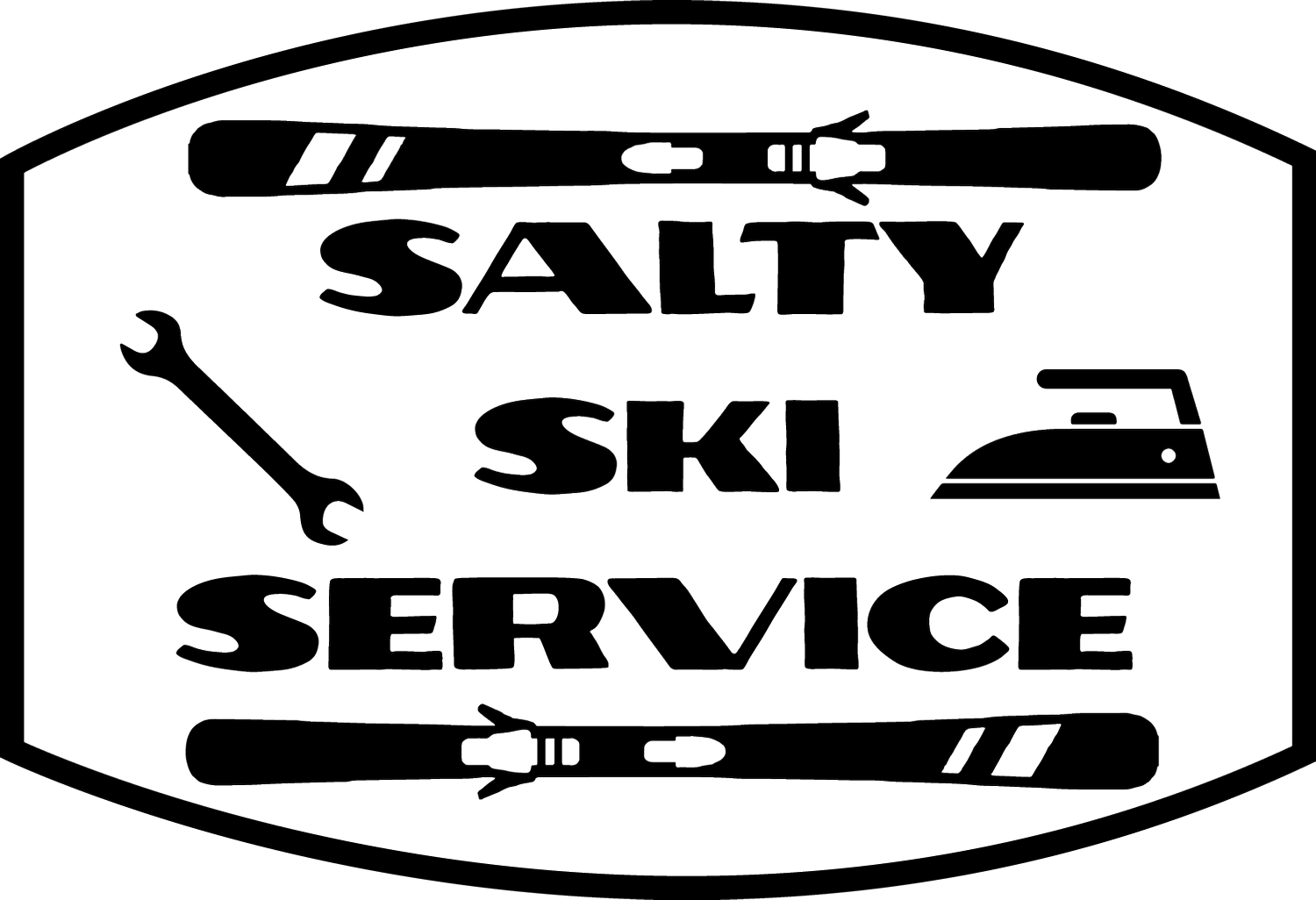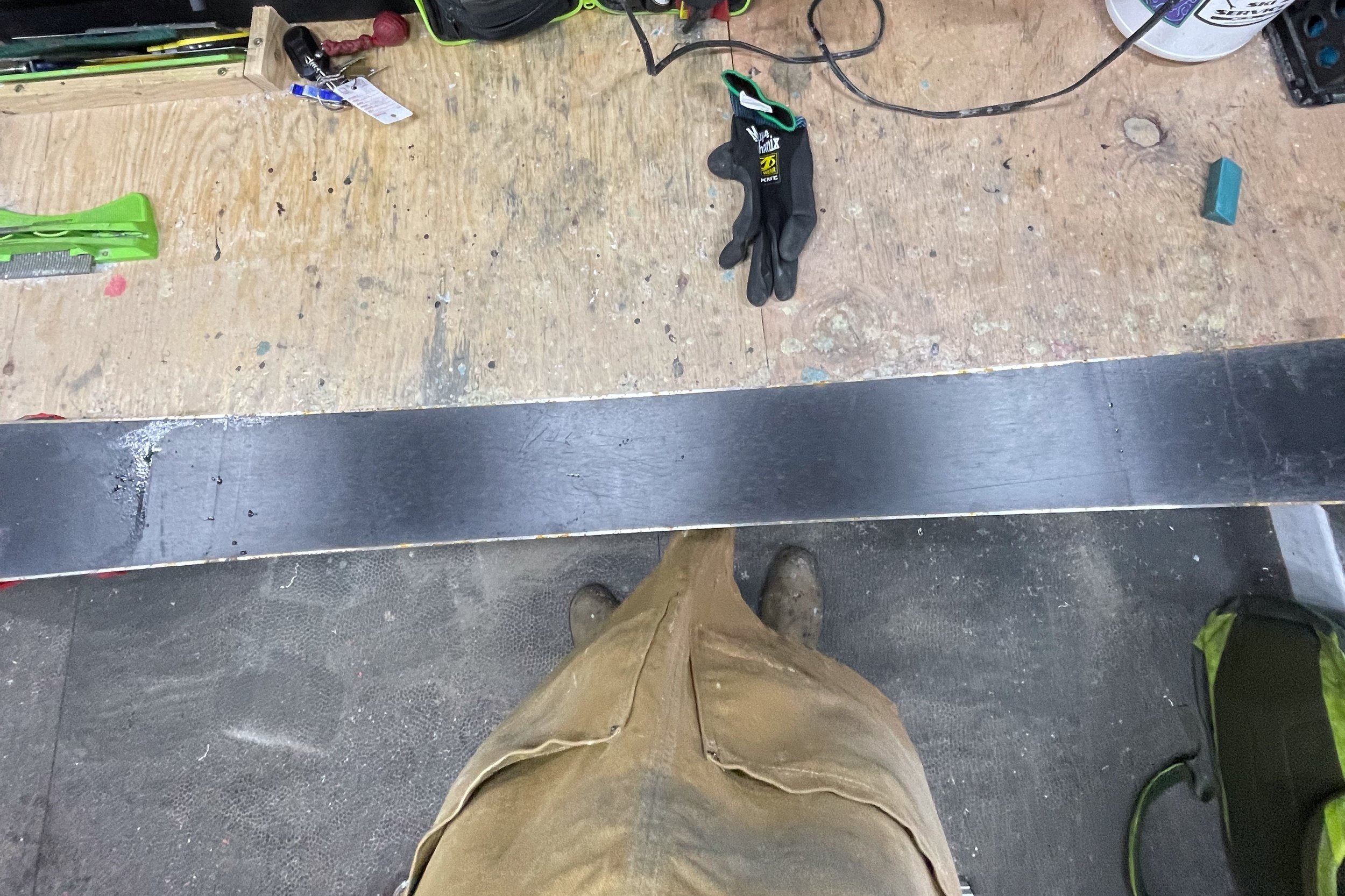Basics of Ski Maintenance (pt 2)
Assessing Ski & Snowboard Damage
Let’s say you just ran over a rock, tree branch, or skied into your friend (not recommended). How bad is your ski or snowboard damage? Can you still use your skis or board? In this part of the Basics of Ski Maintenance, we show you a range of damage to skis and help you decipher just how bad (or not) it is!
Below are some of the most common types of damage to skis or snowboard.
Superficial Scratches
Description: Surface scratches are small marks that don't penetrate deeply into the base material of your skis or snowboard. They're often caused by skiing over small rocks, ice, and in regular wear and tear.
Severity: Very Minor.
How to Fix: For small scratches, a hot wax is often enough to fill in the scratches and smooth out the base. These will also be minimized with regular maintenance, as the wax
Scratches & Gouges
Description: Deep scratches that do not reach the core of the ski or snowboard material, but take a significant amount of material away from the base. These are usually caused by skiing over rocks, sticks, and occasionally by large ice chunks.
Severity: Minor to Moderate.
How to Fix: Most scratches to your base can be fixed by applying P-tex, a meltable plastic that can fill divots and gouges in your ski and snowboard base. This is part of our standard Full Tune.
Core Shots
Description: Core shots are large gouges that go through the base material and into the core material of the ski or snowboard. This usually occurs when you ski over sharp objects like rocks or metal, and should be addressed immediately to prevent water damage or delamination.
Severity: Moderate to Severe.
How to Fix: Core shots usually require a professional repair through our Pro Tune. We will clean out the damaged area, fill with P-tex or a mixture of P-tex and epoxy to seal the area, and then smooth the base with a hot wax.
Burrs, Dents, Cracks and other Edge Damage
Description: Edge damage can be caused by hitting rocks or branches, or even by dropping your skis in the parking lot.
Severity: Moderate to Severe, depending on the extent of the damage.
How to Fix: Minor edge damage can often be repaired with a file to smooth out dents and burrs. Bending and cracking of your edge can sometimes be repaired, but will depend on the extent of the damage.
Delamination
Description: Delamination is the separation of layers of the ski or snowboard, which can happen near the edge or at the tip or tail. This can be caused by water damage, defects in the ski, and improper repairs. Delamination of the top sheet is often less severe than delamination of the other layers, but should be evaluated by a professional.
Severity: Moderate to Severe.
How to Fix: Separated layers will need to be glued back together under pressure using epoxy. In some cases, if the delamination is extensive, the equipment might be beyond repair and need replacement.
Dimples & Bubbles
Description: Base dimpling or bubbling occurs when air gets trapped between the base and the core material or when the base material overheats and expands. This can affect the smoothness and glide of the base, impacting performance.
Severity: Moderate.
Recommended Fixes: Small dimples or bubbles can sometimes be repaired by reheating the base professionally to smooth out the surface. In cases where the bubbling is extensive, a base grind might be necessary to restore flatness.







